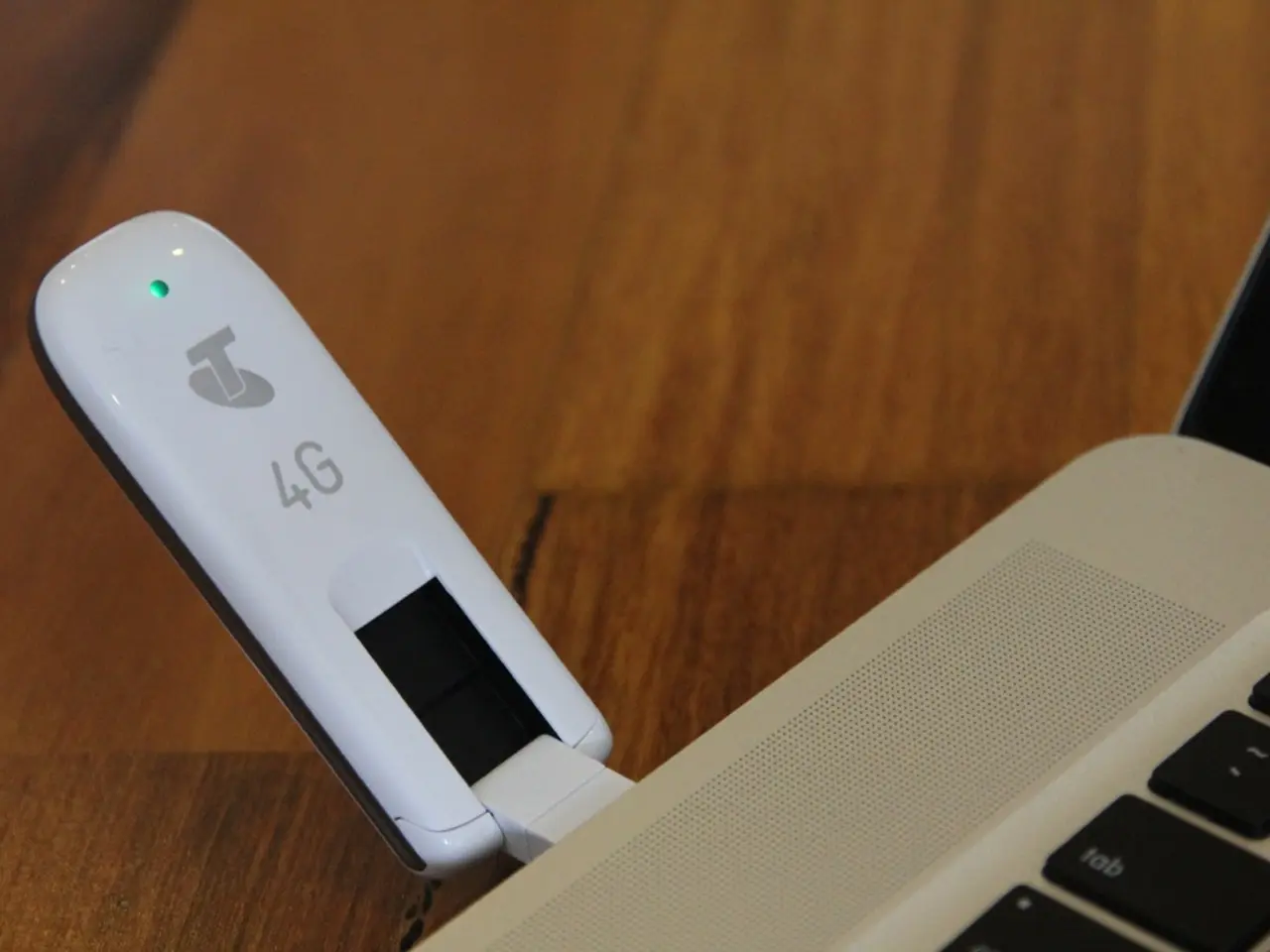Delving into Type C Chargers: Pioneering the Path of Connectivity
USB-C technology has become a cornerstone for future technologies, powering a wide range of devices, from Android phones to laptops, gaming consoles, and tablets. As USB-C continues to evolve, it's essential to make informed decisions when choosing a USB-C charger to ensure safe, efficient charging.
Key Points for Choosing a High-Quality and Safe USB Type-C Charger
- Certification and Safety Standards Look for chargers that carry certifications such as UL, CE, or FCC. These certifications indicate compliance with international safety standards, reducing risks like electric shock, fire, overheating, and short circuits.
- Avoid Counterfeit Products Be wary of counterfeit chargers, especially those from well-known brands. These often fail safety standards and pose serious hazards such as fire or electric shock due to poor plug design or inadequate protection. Buy only from reputable, authorized sellers.
- Power Delivery (PD) Support and Output Rating A safe and reliable model typically supports USB Power Delivery (PD) for fast, efficient charging. Aim for chargers that offer at least 22.5W output and may support higher outputs, up to 240W for advanced needs.
- Built-in Safety Features High-quality chargers include built-in power management chips and protections against overcharging, overheating, short circuits, and reverse charging to safeguard your devices.
- Brand Reputation and Reviews Prefer established brands known for quality and safety over cheaper, unknown manufacturers.
- Compatibility and Cable Quality Use certified USB-C PD cables, as poor cables can cause slow charging or device damage. Also, consider chargers with multiple port types (USB-C + USB-A) if needed and verify compatibility with your devices.
- Proper Markings and Documentation A legitimate charger should clearly display model numbers, certification marks, voltage and current ratings, and come with adequate instructions and safety info.
Understanding USB-C Chargers
The USB-C connector is reversible, meaning it can be inserted in either orientation. Not all Type-C chargers are compatible with every device, as certain features, like power delivery capabilities and data transfer speeds, may differ between cables and chargers.
Type-C chargers have Power Delivery (PD) technology, which allows for faster charging. Future advancements in Power Delivery may allow for even higher power levels, essential for charging devices like laptops even faster.
When connecting USB-C devices to older USB ports, an adapter may be necessary to avoid compromising performance. Type-C chargers support a variety of different protocols, including USB 3.1, DisplayPort, Thunderbolt 3, and HDMI, allowing for broader connectivity options.
Charging speeds with Type-C chargers may vary based on the device, charger's output, and cable quality. USB-C is capable of transmitting video signals with the right adapters. Major electronics manufacturers are pushing toward adopting USB-C as the default charging standard.
USB-C can handle various tasks in addition to charging, such as data transfer and video. The integration of USB-C with other standards, like Thunderbolt, provides even greater data transfer speeds and enhanced functionality. USB-C supports data transfer speeds of up to 10 Gbps with USB 3.1.
Switching to USB-C ensures users are prepared for future developments in technology. Understanding the ins and outs of Type-C chargers can help users make informed decisions when purchasing new devices or accessories.
- With the evolution of technology, integrating artificial-intelligence and USB-C technology in gadgets can lead to safer, more efficient charging and broader connectivity options, enabling fast data transfer rates and potentially powering devices like laptops even faster.
- When upgrading gadgets, ensuring the new devices come with USB-C ports or appropriate adapters will not only enable faster charging, data transfer, and video transmission using a single cable, but also pave the way for future advancements in artificial-intelligence and technology.




